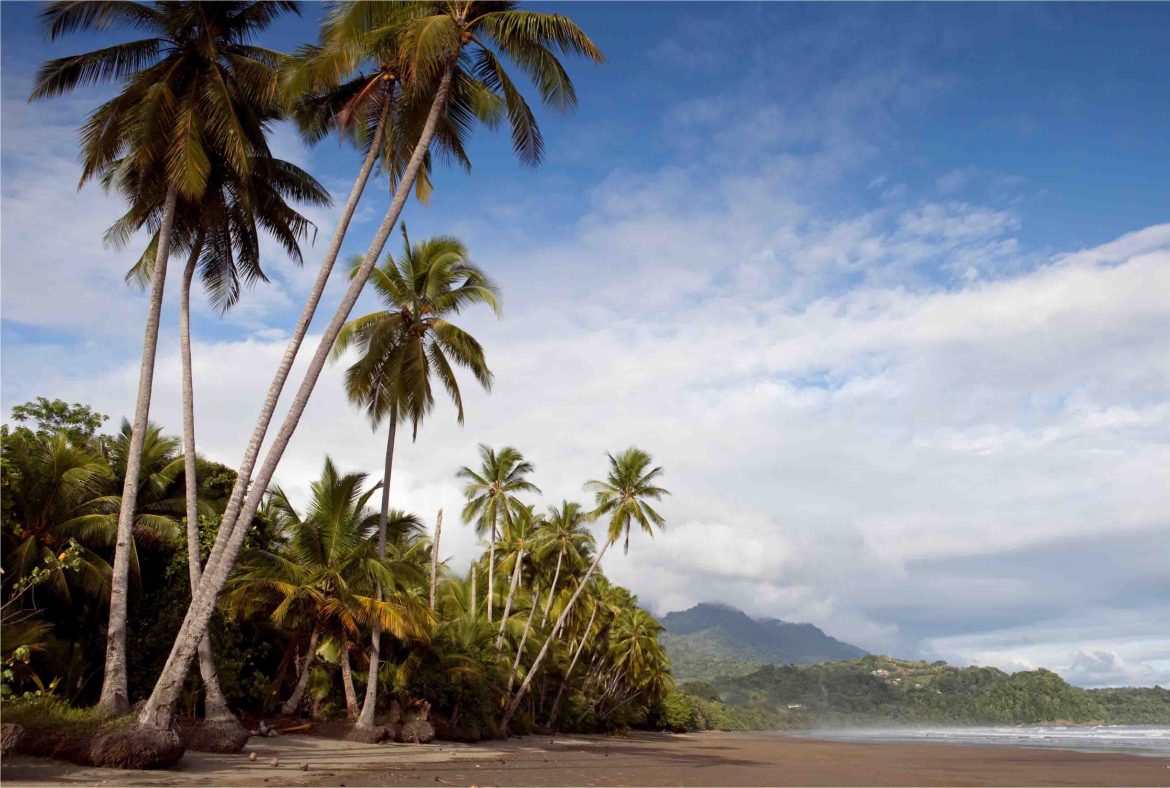An Environmental Crisis at Playa Tamarindo
In the serene region of Santa Cruz, Guanacaste, a critical environmental issue has arisen around the Playa Tamarindo estuary. The Clean Wave Foundation, in collaboration with the SalveMonos Association and the Tamarindo Integral Development Association, has issued an urgent call to action. This initiative aims to halt the alarming destruction of trees in the area, a practice that severely impacts the local ecosystem and poses a threat to wildlife habitats.
The Devastating Practice of Girdling
Recent investigations have uncovered the use of “girdling” on approximately 12 trees near the estuary. This harmful method involves cutting a complete circular incision around a tree’s bark, significantly affecting its phloem layer. Girdling is a technique designed to slowly desiccate and kill trees over a short period.
Understanding the Significance of the Phloem
The phloem layer plays a crucial role in a tree’s life cycle, responsible for transporting nutrients from the canopy to the roots. Also known as “liber” or “sieve tissue,” the phloem consists of plant cells that lack nuclei and form walls vital for nutrient transport. The destruction of this layer can lead to the tree’s rapid decline and death.
Deliberate Acts of Environmental Damage
Andrés Bermúdez, President of The Clean Wave, has condemned these actions as deliberate and harmful attempts to damage the environment. The use of toxic chemicals in these acts not only threatens the trees but also the surrounding wildlife and habitat. This destruction has significant repercussions for local species, particularly as these trees serve as crucial food sources and safe havens.
The Ecological Importance of the Playa Tamarindo Estuary
The Playa Tamarindo estuary is notable for being the largest mangrove estuary in Latin America and is protected under the Ramsar Convention on Wetlands, a treaty overseen by UNESCO. The estuary’s health is vital for the region’s ecological balance and biodiversity.
Legal Action and Enforcement
Inés Azofeifa, MS.C and Field Director at SalveMonos, has appealed to the Ministry of Environment and Energy (MINAE) to pursue legal action against those responsible for tree girdling. She has called for penalties that reflect the extent of the environmental damage, citing articles 58 and 61 of the Forestry Law. Azofeifa highlights that any act of poisoning or girdling, regardless of the tree’s survival, constitutes a legal offense.
The Impact on Erosion and Wildlife
Martina Trimarchi, Founder of SalveMonos, raised concerns about the potential increase in erosion due to the destruction of these trees. The erosion, exacerbated by the flow of seawater and river water into the estuary, could lead to significant sediment loss. Trimarchi also emphasized the need for support in maintaining wildlife connectivity and preserving the health of the Maritime Terrestrial Zone.
A Setback for Wildlife Conservation Efforts
The destruction of these trees also poses a threat to a joint project by the Foundation and the Association. This project involves the construction of wildlife crossings in Playa Tamarindo, crucial for the safe movement of species like the mantled howler monkey. These primates, often at risk of electrocution from electrical cables, rely on these crossings for safe passage.
A Call to Preserve and Protect
The situation at Playa Tamarindo demands immediate attention and action. It is not only an environmental issue but also a matter of preserving the delicate balance of an ecosystem that supports diverse wildlife. Collective efforts and legal measures are essential to safeguard this crucial habitat and ensure the survival and health of the local flora and fauna.


1 comment
[…] Source link […]